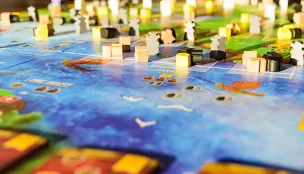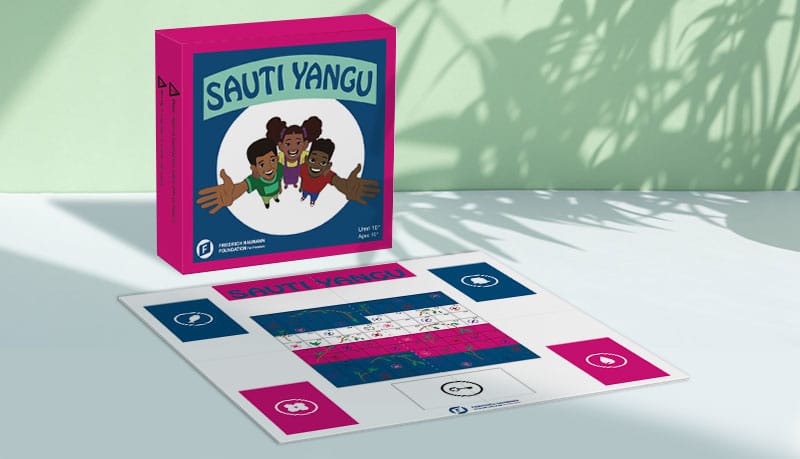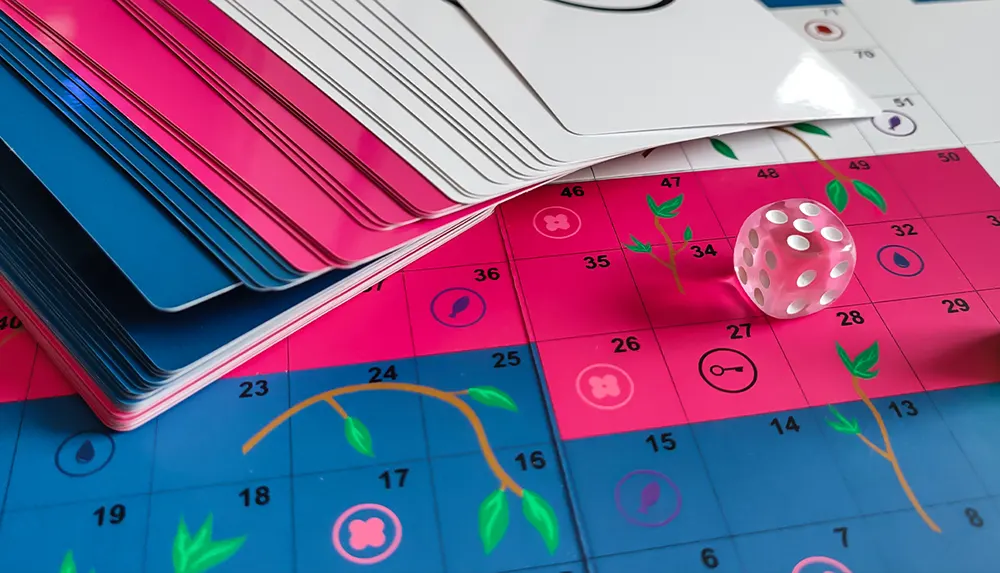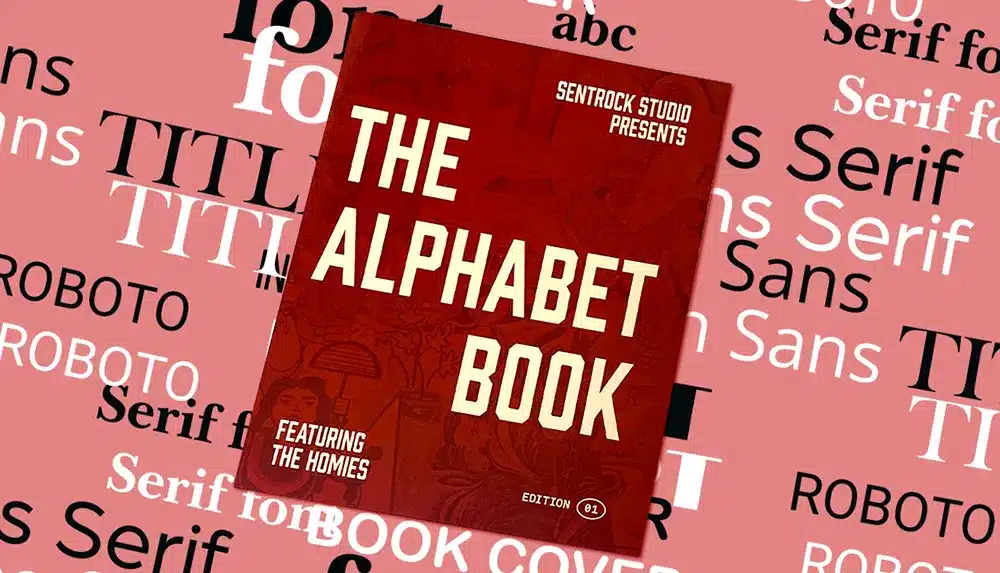Generating unique and innovative concepts for a new board game can be a challenging task, but with the right approach, you can unlock a world of creative possibilities. We show you how!
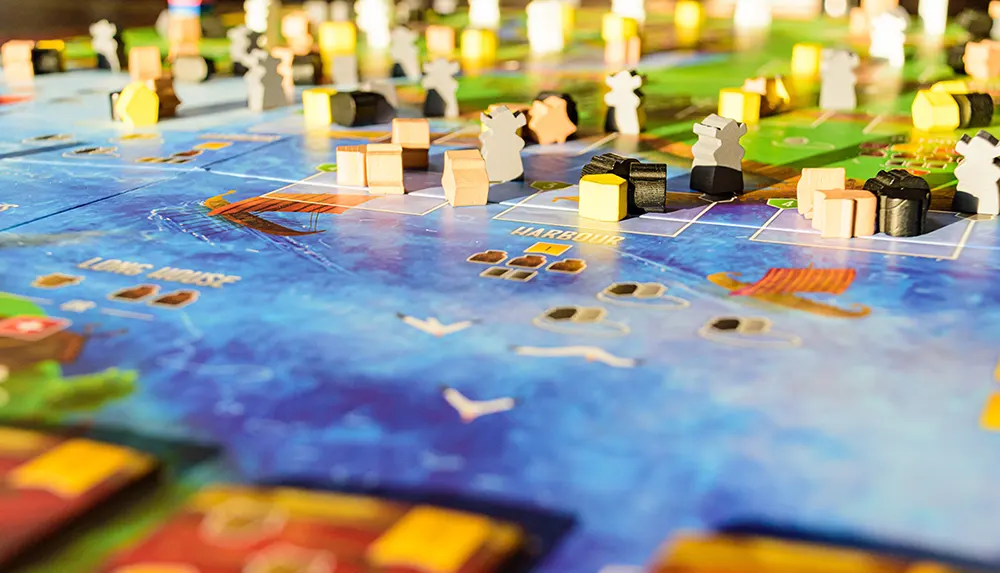
Are you an aspiring game designer searching for ways to come up with amazing ideas for your next board game? Or an experienced board game designer who has hit a creative block? In this helpful post, drawing on over 25 years of experience in the industry, we'll explore some of the most effective techniques to help you generate fascinating themes and perfectly adapted mechanics for your future board games. Whether you're a seasoned designer or just starting out, these strategies should spark your imagination and unleash your creativity so you'll find your own answer to the burning question, “how do you get ideas for board games?”
One of the most important factors to consider when you're getting ideas for board games is where to start. Several successful board game designers begin with a concept or theme and then work things out from there. Others prefer to focus on a genre or favorite mechanic or set of mechanics and build a new theme around it. So, which is the best approach? That's what we'll look at first.
Theme or mechanics first?
When you're exploring ideas for a new board game, it's vital that you know where to start. One of the first decisions to make is whether to focus on the theme or mechanics. All board games—except, perhaps, the most abstract—need both, as these two elements play a crucial role in the overall functionality and appeal of any game. To find a harmonious balance between them is essential. Starting with either the theme or mechanics can provide a solid foundation for your game design process. Which you choose comes down to preference and depends on your working method.
That said, if you're just starting out in board game design and you're uncertain where to begin, we'd recommend that you begin with the theme. Why? Because the theme of your game is the broad element that informs its imaginative context, explains the “why” of the gameplay, suggests to whom the game might appeal—such as lovers of detective stories, fantasy role players, sports enthusiasts, general knowledge buffs, nature lovers, etc.—and gives you an immediate idea of the story underpinning play and the aim or win condition. Once you're equipped with that much information, we think it's easier to select and combine the most suitable mechanics to support and give form to the underlying concept. If you start with mechanics—as some professional board game designers do, so we're not saying it's wrong, just more difficult—then you'll need to “wrap everything up” in a theme afterward to give it context and imaginative appeal.
The exception to this is when you're designing an abstract game—such as chequers—in which you use only naked mechanics. But even chess, which is fairly abstract, has a suggestion of a thematic “story” in the context of medieval warfare with its kings and queens, knights, towers, and bishops.
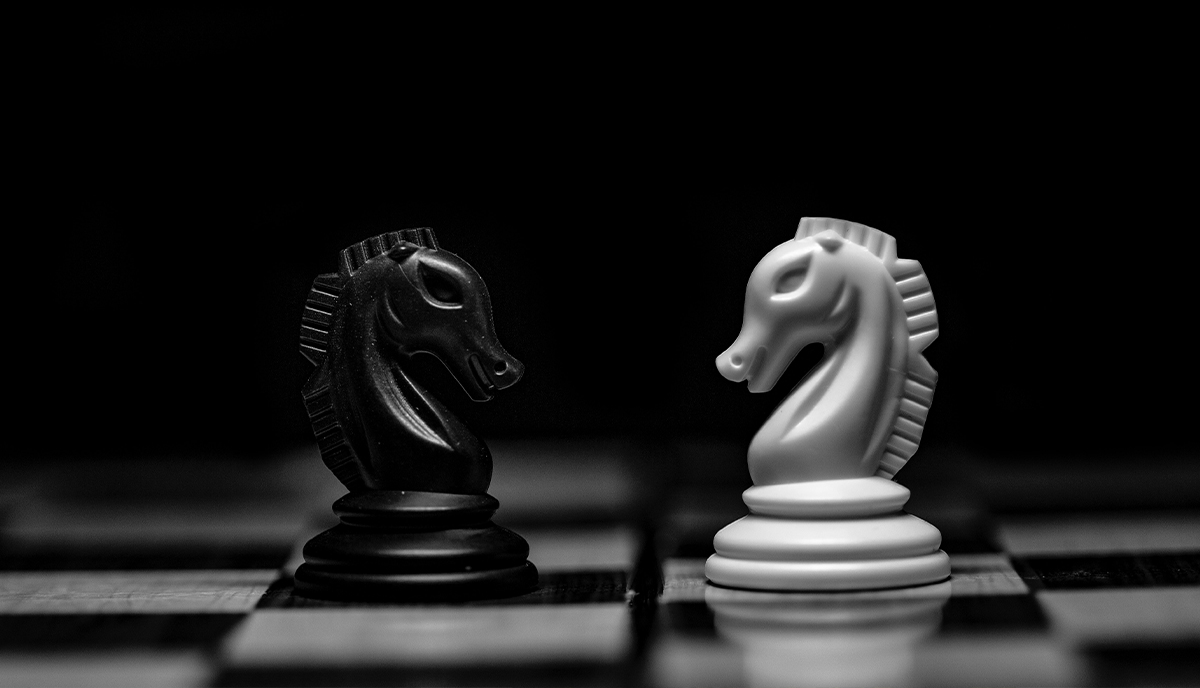
Finding a Theme
A well-chosen theme—be it sporting, historical, fantasy, science fiction, adventure, even political or medical—should help to transport players to exciting imaginary worlds and immerse them in unique vicarious experiences of mystery, adventure, intrigue, and pleasure. The theme really can make all the difference to the success of a board game, lifting it from a set of mechanics to a memorable experience.
So, when you're choosing a theme, think with care about the setting, time period, atmosphere, and scenes you want to portray in your game. For example, if your theme revolves around pirates, think about the activities typically associated with pirates, such as plundering, sailing, and treasure hunting. These would suggest movement mechanics, object or card collection, and combat; which might involve “x number of squares in any direction in one turn”, treasure cards, and dice rolling to determine the outcome of a battle, for example. With a detective themed game, you might want “clue cards” which are triggered when the player gets access to a certain room in a house; or for a fantasy game, certain squares or cards or objects on the board could transfer magical powers to the player.
By exploring the verbs related to your theme—the words that suggest logical forms of action—you can uncover potential mechanics that fit well with and express the overall concept. We often make the comparison between board game design and plotting a novel (we work with novelists and game designers). While the two art forms are distinct, there's a lot in common in terms of the core “storytelling” element that makes both engaging and immersive. And the heart of good storytelling in both cases is action.
Board game mechanics
Mechanics form the core gameplay elements of a board game. They define the actions, interactions, and strategies available to players. When planning your game's mechanics, think about the range of actions that players can choose from to achieve their goals and also how they will interact with the game components and with each other. For instance, if your game objective is based on a race to complete a building or occupy a space, think about mechanics that involve resource management, construction, and strategic decision-making. Other themes and objectives will suggest their own “best fit” mechanics.
So, “race against time” games will need mechanics which accommodate variable movement rates (multiple dice, spinners, and bonus squares, for example) while a combat based game might need character cards that tally strength, skills, speed, and so on. But as we said before, while you can start with mechanics—and many successful designers do—we strongly recommend you start with a theme as it gives you a clear signpost toward the mechanics you need to explore for your particular game concept.
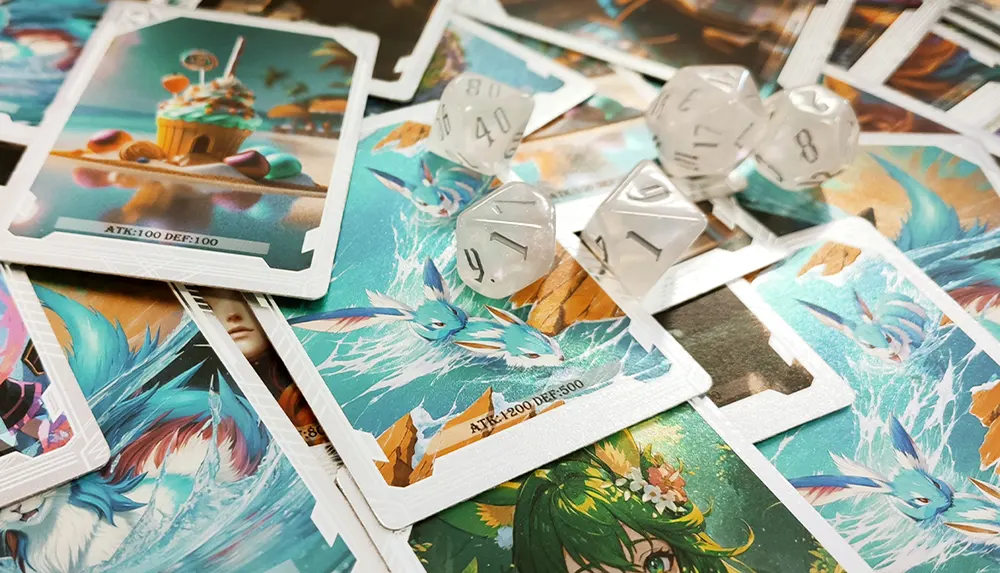
How do you get ideas for board games?
Now that we've explored the importance of theme and mechanics and how they interact and inform each other, we'll look at several creative techniques you can use to generate great ideas for good board games. These ideas are those that we've seen working and that our most successful board game designers use. Pick and choose as you wish, depending on your needs and the stage you're at in your board game design journey. And if you have others you think could help, share them in the comments at the end of this post.
1. Be open to inspiration
While sitting around waiting for inspiration to strike is not a positive technique—you'll be better off starting with any old idea and seeing how you can develop it—inspiration is welcome when it comes and it can strike at any moment. So it's important to keep an open mind and actively seek new ideas and be ready to capture them when they come. Keep a notebook and pencil in your pocket or a file on your laptop, tablet, or phone, where you can quickly write your thoughts and ideas as they arrive and even make sketches of potential board layouts, components, and more. Immerse yourself in the world of board games by playing a variety of titles, exploring different genres, and trying out new mechanics. Attend board game conventions, join gaming communities, and engage in discussions with fellow designers. By exposing yourself to a diverse range of games and experiences, you'll expand your creative horizons and increase the chances of stumbling upon a spark of inspiration.
2. Research existing games
Before diving deeply into a new game idea, it's essential to research existing games to make sure your concept is unique and hasn't been done before. While, like most enthusiastic board game designers, you're probably already a keen gamer and have abroad working knowledge of several games, remember that the world of board gaming is vast and constantly expanding and developing in new directions. So, even if you think you already have a good overview of the field, it's always worth conducting thorough online searches, checking popular board game databases, and browsing crowdfunding platforms like Kickstarter to see what's new and what's popular.
While it's unlikely you'll come across a completely revolutionary idea, researching existing games will help you understand the market, identify gaps, and gain insights into what works and what doesn't. Take the time to play existing games to which you wouldn't normally be attracted, too, or watch reviews and run-throughs to familiarize yourself with different mechanics and themes. Never become complacent. There's always something new to learn or discover.
3. Mental development and visualization
Back in the early nineteenth century, the Danish philosopher and physical scientist Hans Christian Ørsted, coined the term “thought experiment”. Thought experiments are mental exercises in which you use your imagination to visualise a set of circumstances and then experiment mentally with a range of changes and outcomes. This can be a really effective technique for generating game ideas. Tap into your imagination and mentally develop various game concepts. Reflect on the games you've played, seen, or imagined, and combine them with the themes or mechanics that have caught your attention. Visualize how the game will unfold, envisioning the actions players will take, the choices they'll make, and the overall flow of gameplay.
By mentally developing your ideas, you can refine and shape them before moving on to the next stage of the design process, which can save time, resources, and money. You can also work quick in the early stages of a design using this method as it goes “at the speed of thought” which is quicker by far than drawing and writing—although you'll need to do that later, of course. And you can also do this work in the bathtub, in bed, or while apparently day-dreaming out the window!
4. Document all your ideas
We've already mentioned the notebook for capturing ideas and concepts as they arise. And while in the previous section, we suggested starting out with “thought experiments”, you would do well to document all the ideas that you finally select for development and integration into your finished game. Once you have a spark of inspiration or a fully formed concept in mind, it's vital to write your ideas down to prevent them from getting lost or forgotten.
A popular method is to create a Google Doc or any other note-taking platform to jot down your thoughts. If you keep a physical notebook in your pocket, transfer the ideas to your digital device as soon as you have the opportunity as a back-up at least. You can create separate documents for themes and mechanics or combine them into a single document, extract elements, add visuals such as photographs, sketches, and 3-D designs, and copy-and-paste sections for developmental work.
Write a descriptive title for each idea and organize your thoughts into sections such as components, win conditions, setup, gameplay mechanics, and the endgame. Don't worry about a perfect organization at this stage; the goal is to capture the essence of your ideas and save them for future reference. This is your “digital workshop” in which you start really analyzing the work. It can be a ‘messy space” as it's an early to mid-stage part of the creative process, so keep it as organized as you can.
5. Brainstorming
People often associate “brainstorming” with the very early stages of developing a creative concept for a board game, and it is definitely a great place to start. But you can come back to it at any point in the development of your board game idea. It's as effective to overcome “blocks” when you get them, or to enhance problem-solving, as it is for generating initial possibilities.
Brainstorming is a technique that allows you to unleash your creativity and quickly record all your thoughts and ideas in one go. Open a new Google Doc or any other preferred platform—you can also work on paper with a pencil or colored pens and many designers prefer this as there's something about the “tactile” approach which enhances creativity—and let your ideas flow freely without worrying about structure or coherence.
Write everything that comes to mind related to your game concept, ensuring clarity and avoiding abbreviations or unclear references. This unfiltered approach allows you to capture raw ideas and concepts before refining and organizing them later. After the brainstorm, review and edit your document, removing redundancies and clarifying any ambiguous points.
6. Think about components and resources
While theme and mechanics are the starting points for getting good board game ideas, all games need components—the board or tiles, dice, spinners, counters, figurines, miniatures, tokens, cards, and more—and these can also be kick-starters for creativity. Allowing yourself “free rein” to imagine the components and resources required for your game can be a vital and useful aspect of generating game ideas. While it's important to keep your game manufacturing-friendly—meaning that components can be designed, made, and printed cost-effectively—don't be afraid to be innovative and use unique or unconventional components if they enhance the gameplay experience and could add real value to your proposal. But think about the purpose and value of each component with care to make sure they serve a specific role in the game. We would, as a general rule, guard against introducing components just because they might “be cool”.
7. Prototypes and play testing
Brainstorming, thought experiments, note booking, sketching, and planning are all essential steps to generating board game ideas and working out what might and might not work. But at some point, you need to create a prototype game with all the components (or stand-ins for the components) in place, and try it out with actual players. This early prototype needn't be anything special. You can make it out of old cereal boxes, sticky tape, borrowed components from other games, paper and colored pens, for example. Just making a “mock-up” style prototype like this will already give you a lot of insight into how well your ideas come together and what adjustments need to be made. But once you feel you've got something that works, you'll need to test it with players.
This aspect of the game design process is iterative and can be time-consuming. But it shouldn't be skipped. Play testing is a vital step in refining and improving your game ideas. Once you have developed a prototype, gather a group of play testers—they can be family and friends and later, you can ask people at your local game store, club, or at a convention—and observe how they interact with the game. Ask them questions about their experience. Give them the opportunity to offer suggestions for improvements. Pay attention to their feedback, identify areas for improvement, and iterate on your design accordingly. By play testing and iterating, you can fine-tune the mechanics, balance the gameplay, and create a satisfying player experience.
We hope that's been a helpful guide to help you answer the question, how do you get ideas for board games? Generating brilliant ideas for future board games requires a combination of inspiration, research, visualization, and iteration. By exploring themes and mechanics, documenting your ideas, and embracing the iterative design process, you can bring your creative visions to life. Remember, the key to success lies in finding the perfect balance between theme and mechanics and creating a game that captivates players' imaginations.
Talk to us!
As soon as you've refined your ideas and play tested your “mock up” prototype and you're ready either to make your final prototype to hawk around the conventions—or if you're ready to print your first run of games for your Kickstarter campaign, for example—talk to us. We have decades of experience in the industry. We're a friendly bunch, too, focusing genuinely on customer care. Get in touch for an informal chat, to find out how we can help you, or to get a competitive no-obligation quote for your project. We look forward to playing our part in your board game's success!





